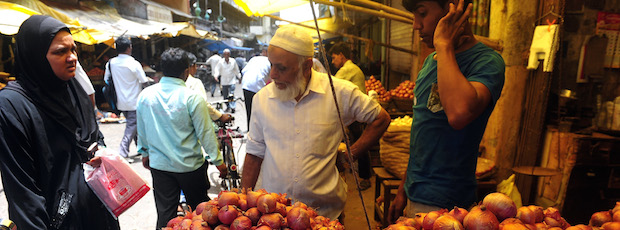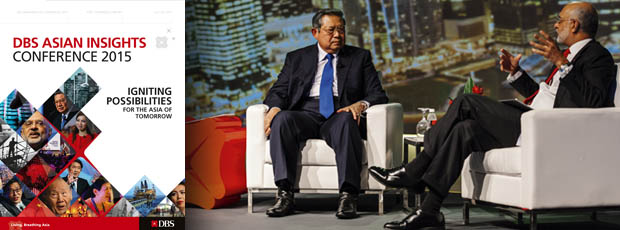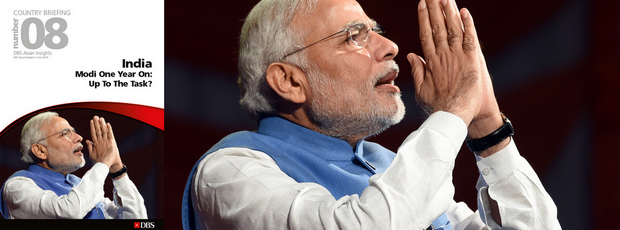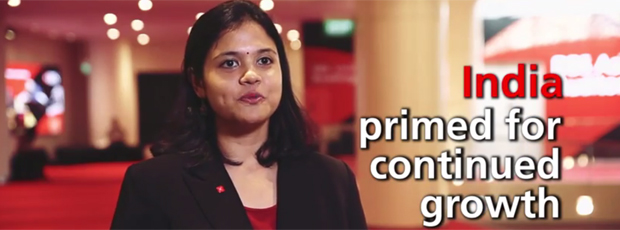08/13/2015
India / GDP

India’s July consumer price index inflation undershot expectations, while a jump in July durables output pulled the series out of almost a year of stagnation.
India’s July consumer price index (CPI) inflation eased to 3.8% on-year from 5.4% in June. The July figure was below consensus expectations and below our estimate of 4.4%. Although base effects were expected to temper the July print, there was also a significant pullback in the sequential pace. Inflation rose 0.6% on-month, half the pace of the month before.
Food inflation slowed to 2.9% from June’s 5.7% on broad easing across the sub-categories. Vegetable prices declined around 8% on-year and accounted for much of the downside surprise in Wednesday’s reading. The prices of pulses inched up a touch on year-on-year terms, but were nearly flat on a sequential basis, while protein (eggs, meat and fish) prices eased. The dire monsoon prediction had selectively lifted price pressures in these components in June, but this has eased off into July. June to early-August rainfall is now 6% below the long-term average.
Non-food components were benign, barring the housing index, which rose 0.8% on-month (versus a 0.5% drop in June) which was payback for last month’s bi-annual adjustment. Under the miscellaneous category, the transportation segment slipped as domestic fuel prices were adjusted down to reflect the fall in global crude prices. Price pressures in the overall miscellaneous component eased to 3.4% on-year in July, from June’s 4.2%. Core inflation (ex-food and fuel) also slowed accordingly to 4.3% from the June quarter’s 4.6%, pointing to tepid second-round impact from the increase in the service tax and soft demand conditions.
The odds of another rate cut before the year-end have risen after Wednesday’s CPI numbers. The Reserve Bank of India (RBI) had highlighted in this month’s policy review that July to August inflation will be distorted by base effects. However if August inflation (due mid-September) also undershoots the RBI’s CPI fan chart significantly, the probability of a cut in September will rise.
In the interim, the central bank will be mindful of monsoon levels and commodity prices, as well as external factors. The fallout of China’s move to devalue the Chinese yuan and the impact on the emerging market space will be closely watched. In case the Indian rupee remains under pressure heading into the RBI’s September review, the need to maintain macro stability and rate differentials will strengthen the case for rates to be held steady. The RBI is also awaiting clarity on the US Federal Reserve’s rate direction.
Out concurrently, June industrial production rose 3.8% on-year from the revised 2.5% in May. Manufacturing output quickened to 4.6% on-year, from 2% in May, making up for the decline in mining and the sharp slowdown in electricity generation. On the use-based end, capital goods production slipped 3.6% on base effects (23% in June 2014) after a strong run for seven months. The reverse held true for consumer goods which rose 6.6%, lifted by a 16% jump in durables output, the latter pulling out of nearly a year’s stagnation.
Overall, while the bout of weakness in capital goods is of concern, this component is routinely lumpy and subject to notable swings. Besides, the early turn-up in durables demand is a positive for real incomes amid low inflation, even as rural wages stagnate. It needs to be seen if this strong run continues when base effects fade. Exports, meanwhile, remain a drag, with receipts declining 16% between January and June.
The underlying production trends suggest that an up-cycle is underway led by aggregate demand, but the pace will be gradual. After rising 2.8% in 2014/15 fiscal year, we expect industrial production to rise to 4-5% this year. June quarter industrial production growth stands at 3.2%.




